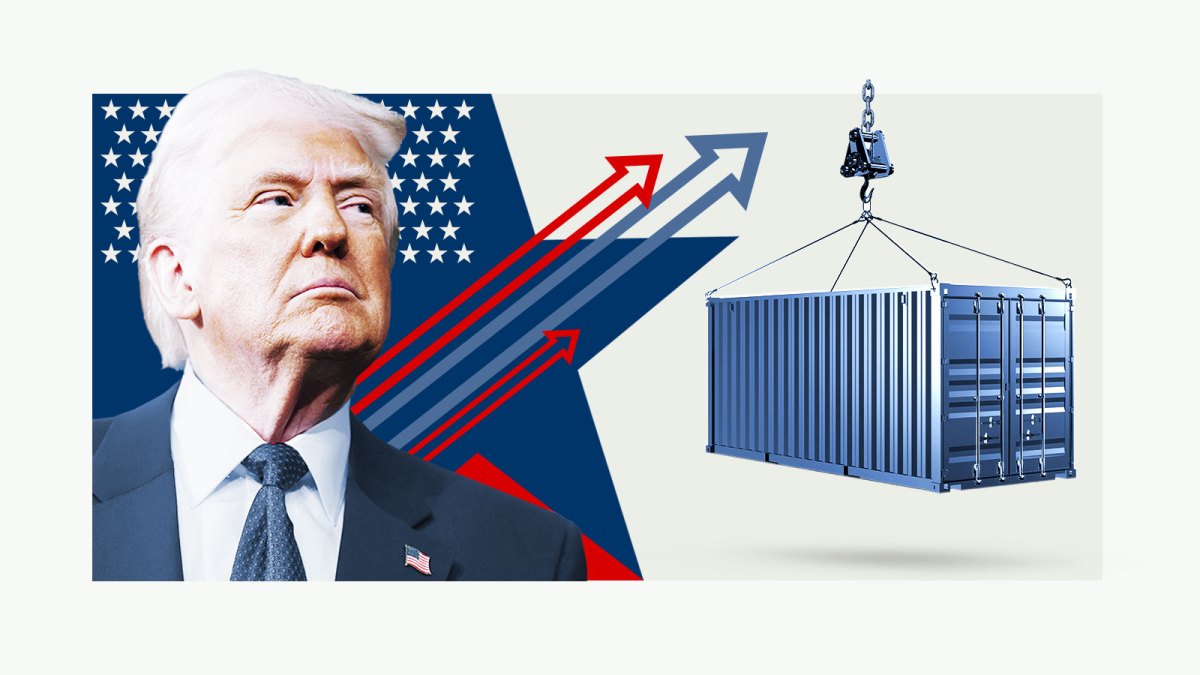Trump’s Global Tariffs Redraw the Landscape of International Trade
President Donald Trump’s 2025 tariff expansion has officially taken effect, targeting imports from over 90 countries in a sweeping effort to realign U.S. trade policy. The move marks one of the most aggressive uses of protectionist tools in modern U.S. history, pushing tariffs to their highest average rate in nearly a century. With rates as high as 40% on goods from Laos and Myanmar, 39% on Swiss imports, and 20% on key products from Taiwan, the implications are significant for both global trade flows and domestic economic strategy.
Trump argues the tariffs are necessary to bring manufacturing jobs back to the U.S., reduce dependence on foreign supply chains, and correct what he calls decades of unfair trade practices. Importers in the United States are now required to pay substantially higher duties, a cost many are expected to pass on to American consumers. As the U.S. continues to run a sizable trade deficit, Trump’s administration insists these tariffs are part of a broader strategy to rebalance the economy and reclaim industrial competitiveness. You can view detailed data on current U.S. trade balances at the U.S. Census Bureau.
Diplomatic Fallout: India, Russia, and Emerging Trade Conflicts
Beyond economic goals, the new tariffs are increasingly being used as diplomatic leverage. One of the most high-profile examples is Trump’s ultimatum to India: stop buying Russian oil or face a 50% tariff on exports to the U.S. Delhi has responded defiantly, calling the measure unfair and pledging to protect its national interests. This escalation highlights how tariffs are now being used not just as economic tools, but as instruments of foreign policy.
Trump has also floated the possibility of secondary tariffs against countries that continue strong trading relations with Moscow, positioning the U.S. tariffs as part of a broader push to pressure Russia over the ongoing conflict in Ukraine. This approach has raised concerns among U.S. allies and trade partners, some of whom now question the long-term reliability of American trade agreements. To better understand the U.S. government’s sanctions policy, you can explore updates on the U.S. Treasury’s Sanctions Programs page.
Semiconductors and Strategic Technology Pressure
Technology and national security are also at the heart of Trump’s tariff strategy. A 100% tariff has been threatened on foreign-made semiconductors, especially those manufactured in Asia, in a bid to force tech giants like Apple and NVIDIA to relocate production to U.S. soil. Apple responded with a $100 billion investment announcement aimed at expanding its domestic manufacturing base, an action praised by the administration. However, Taiwan’s TSMC, South Korea’s Samsung, and SK Hynix are reportedly exempt from these new levies due to their existing commitments within the U.S.
These actions align with broader legislative initiatives like the CHIPS and Science Act, which was designed to accelerate the growth of U.S.-based semiconductor manufacturing and reduce dependency on global supply chains. As the global economy adjusts to these shifts, many countries are scrambling to renegotiate trade deals with the U.S. or find new export markets to mitigate the impact.
The trade policy landscape under Trump’s 2025 administration is a blend of aggressive economic nationalism and calculated foreign policy pressure. While some nations, such as Japan and the European Union, have struck temporary agreements to soften the tariff blow, others continue to face uncertainty. What remains clear is that the U.S. is no longer pursuing multilateral trade in the traditional sense, but instead relying on bilateral leverage and strategic coercion to shape outcomes. The full effect of these changes may take years to measure, but the global economy is already feeling the disruption.







